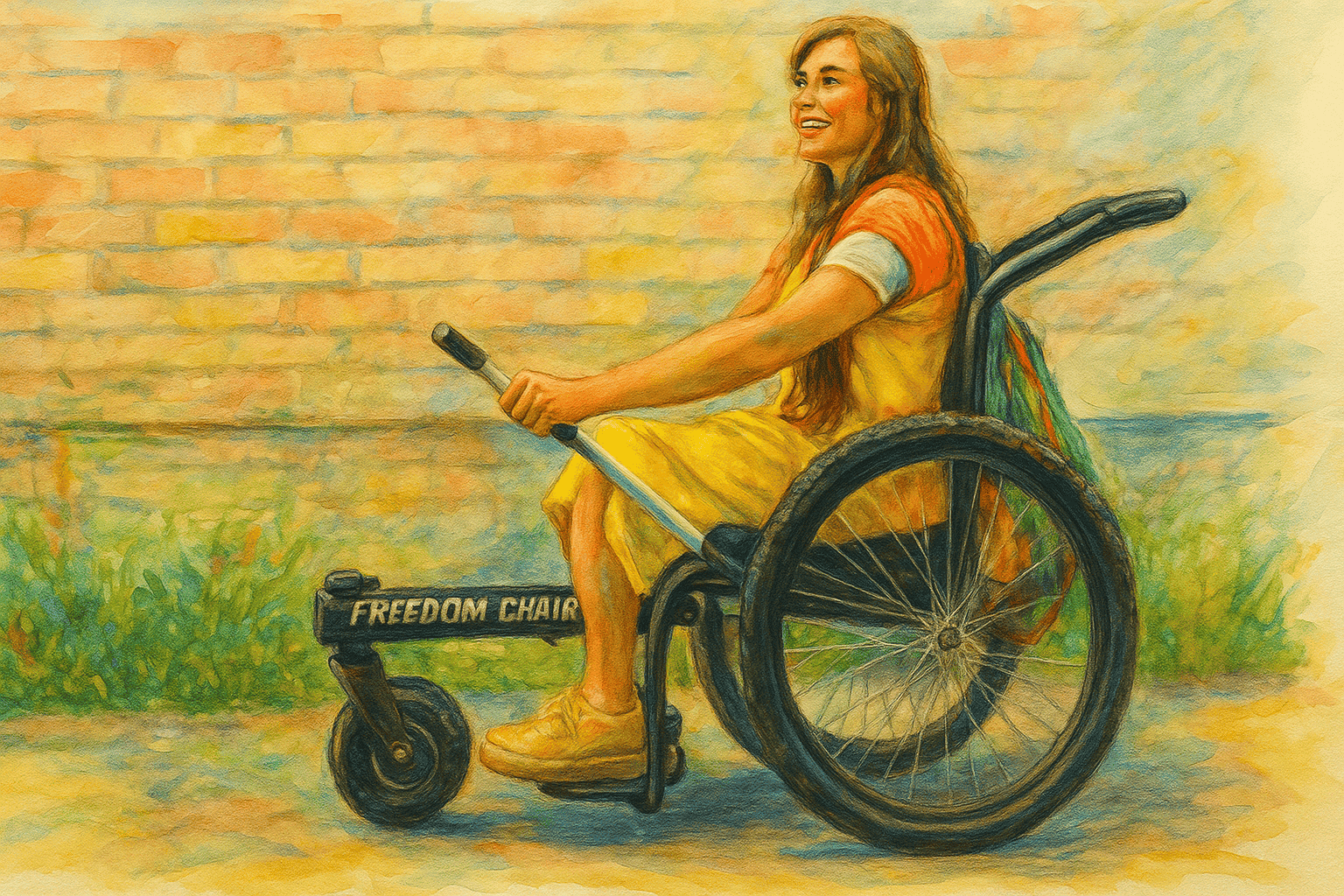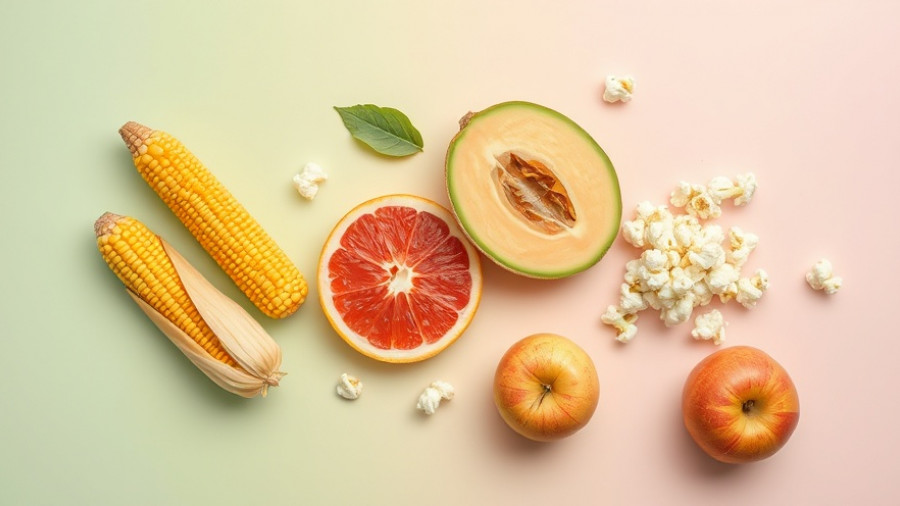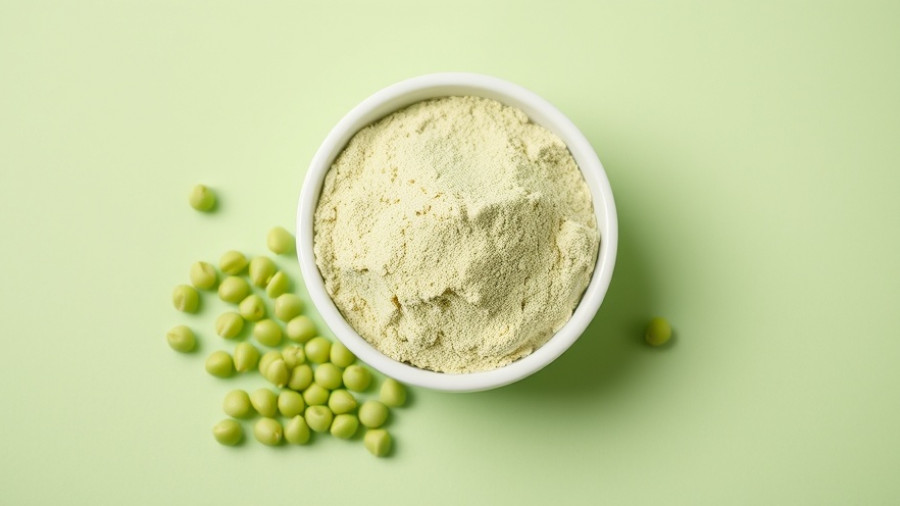
Revolutionizing Accessibility in Central Ohio's Parks
Central Ohio is taking significant steps toward inclusivity in outdoor recreation with the Licking Park District's new initiative, offering free rentals of all-terrain wheelchairs. This service not only empowers those with mobility impairments but also fundamentally alters how individuals with lower-body mobility challenges experience nature.
The all-terrain wheelchairs, known as GRIT Freedom Chairs, are specially designed to navigate rugged landscapes, giving more people the ability to hike trails that were previously inaccessible. With a sturdy three-wheeled design, these chairs provide both comfort and resilience for outdoor enthusiasts. The integration of lever propulsion allows users to easily maneuver over obstacles such as dirt trails, grass, and tree roots, making outdoor activities more enjoyable.
Why All-Terrain Wheelchairs Matter
The introduction of these wheelchairs is an important step in addressing the barrier of access to natural spaces. The GRIT Freedom Chairs come equipped with mountain bike tires for increased traction, cushioned seating for comfort, and safety features including footrests and push bars. Each rental is conveniently stowable, fitting into the trunk of most small cars, allowing these outdoor adventures to be more accessible than ever before. The program currently includes five wheelchairs, consisting of two GRIT Juniors designed for youth and three GRIT Spartans suitable for adults. The demand for these chairs is high, but the park district continues to expand the program through community donations and partnerships, like that with the Licking County Foundation. This initiative is important to wellness as it promotes inclusion and provides individuals of all abilities the opportunity to enjoy the physical, mental, and emotional benefits of connecting with nature. Access to these experiences fosters resilience, reduces stress, and significantly enhances overall well-being.
How the Program Works
Rentals are available on a first-come, first-served basis from Monday to Thursday for a full 24 hours, and weekends (Friday to Monday). Potential users are encouraged to reserve their chairs at least one day in advance by reaching out to the Licking Park District office. This accessibility ultimately transforms how families and individuals with mobility issues plan their outdoor excursions.
However, there are clearly defined guidelines to ensure the safety of users and enhance their outdoor experience. Riders under 18 must be accompanied by a guardian, and everyone is required to wear a helmet. The park district advocates for hiking with companions to ensure safety in environments where mobility can be challenging.
Creating Community Connections
This program is not just about wheelchairs; it's about fostering a sense of community and enhancing the quality of life for local residents. The Licking Park District has placed an emphasis on community involvement, encouraging local businesses and residents to contribute to the expansion of the accessible program. Local fundraising efforts will not only increase the number of chairs but foster a culture of inclusivity and cooperation within the community.
A Step Toward a More Inclusive Future
As businesses and local governments turn their focus toward creating more accessible spaces, the Licking Park District is leading by example. This initiative highlights the increasing importance of accessibility in outdoor recreation, reflecting a growing awareness of the diverse needs of the community. Equipping underrepresented individuals with the tools to explore nature contributes to a more active and engaged society.
A free all-terrain wheelchair rental program exemplifies the importance of adaptive solutions in breaking down barriers... both physical and societal. For those interested in utilizing this program, or learning more about it, you can visit the licking park district website. As Central Ohio continues to grow and evolve, initiatives like this serve as essential reminders of the impact that inclusive programs can have on the community.
 Add Row
Add Row  Add
Add 




Write A Comment